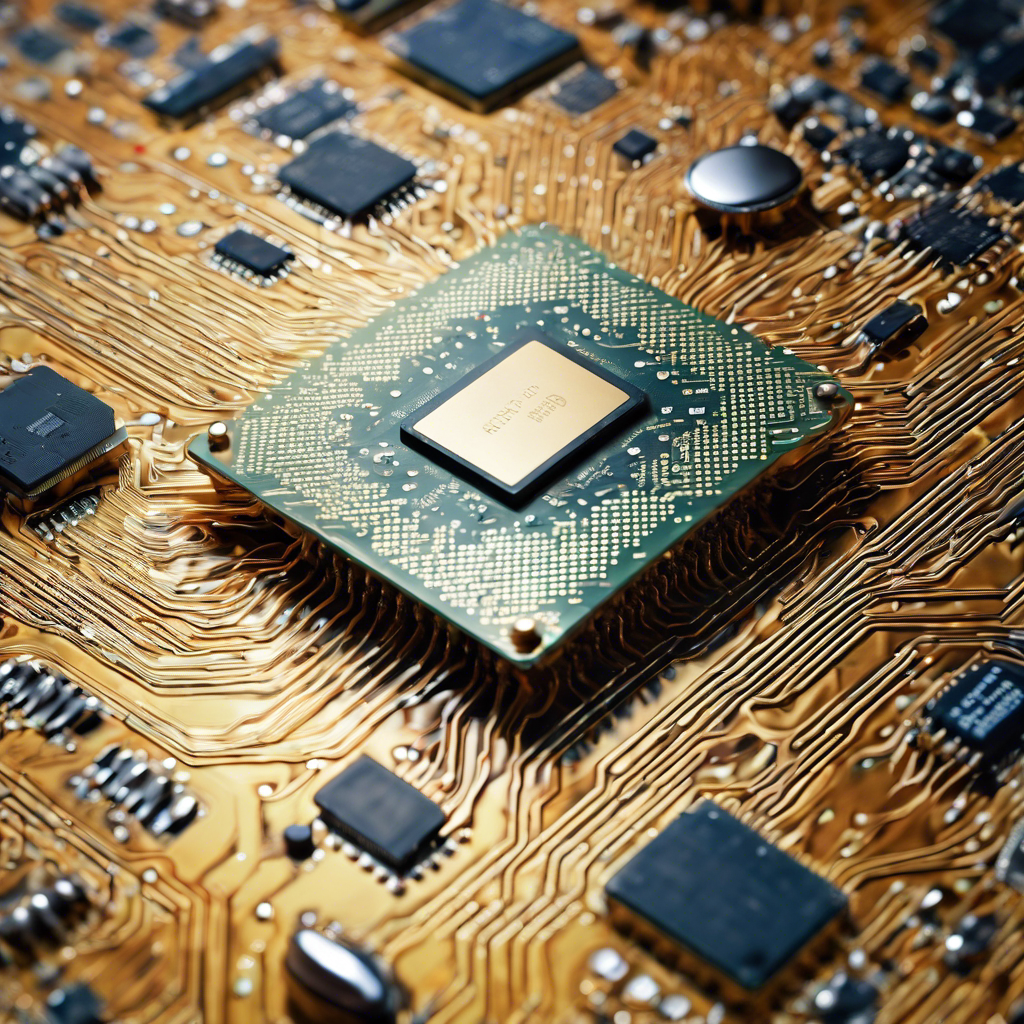Navigating Technological Uncertainty: The Future of US Chip Development

The CHIPS and Science Act: A Bold Move Towards Technological Leadership
In an era defined by rapid technological advancements, governments face the challenge of formulating policies that account for technological uncertainty. The United States, in particular, is grappling with how to navigate the complex landscape of chip development. With the enactment of the CHIPS and Science Act, the US government has committed significant funding to bring chip factories back to American soil and invest in microelectronics research and development. This article explores the implications of this legislation and the choices the US faces in shaping its future technological trajectory.
The Day of Reckoning: Moore’s Law and Transistor Scaling
At the heart of the chip industry lies Moore’s Law, coined by Intel founder Gordon Moore in 1965. Moore predicted that the number of transistors on a silicon wafer would double regularly, leading to faster and cheaper chips. This approach, known as “transistor scaling,” not only spurred the growth of a $600 billion semiconductor industry but also propelled the world into the digital age.
The CHIPS R&D Program: Shaping the Future of Chip Technology
Since the enactment of the CHIPS and Science Act, the US has made significant progress in establishing chip fabrication facilities in Arizona, Texas, and Ohio. However, it is the CHIPS Research and Development (R&D) program that holds the potential to shape the future of the field. With a substantial budget allocation of $11 billion, the National Semiconductor Technology Center (NSTC) aims to become a national “center of excellence” that fosters innovation and drives the invention of next-generation microelectronics.
Choosing Between Preservation and Moonshots
The NSTC faces a crucial decision regarding the direction of its R&D goals. Should the US adopt a conservative strategy to maintain its current lead in chip development for the next five years, or should it embrace ambitious computing moonshots? This decision will shape the nation’s technological trajectory and determine whether it plays it safe or goes “all in” on breakthrough innovations.
Navigating Technological Uncertainty: The Role of the Government
Accounting for technological uncertainty is a daunting task for any government. The US government must strike a delicate balance between fostering innovation and managing risks. Collaboration with the private sector becomes essential in this process, as industry expertise and resources can complement government initiatives. By engaging in public-private partnerships, the government can harness the strengths of both sectors to navigate the unknowns of technological development.
Boosting Competitiveness vs. Placing Big Bets
Another crucial consideration is whether to focus on boosting competitiveness in the near term or placing big bets on potential breakthroughs. While short-term competitiveness ensures economic stability, investing in moonshot projects can lead to transformative advancements with long-term benefits. Striking the right balance between these two approaches is essential for the US to maintain its position as a global technological leader.
The Implications of National R&D Choices
The choices made by the NSTC and the US government in terms of R&D goals will have far-reaching implications. By prioritizing conservative strategies, the US risks falling behind in the rapidly evolving chip industry. Conversely, embracing moonshots may yield groundbreaking innovations but comes with inherent risks. The US must carefully weigh these factors to ensure it remains at the forefront of technological advancements.
Conclusion:
As the US grapples with the challenges of technological uncertainty, the CHIPS and Science Act represents a significant step towards reclaiming its position as a global leader in chip development. The choices made in the NSTC’s R&D programs will shape the nation’s future trajectory, determining whether it plays it safe or embraces ambitious breakthroughs. Navigating this landscape requires a delicate balance between short-term competitiveness and long-term innovation. By accounting for technological uncertainty and fostering collaboration with the private sector, the US can position itself as a driving force in the digital age. The path ahead is fraught with challenges, but with strategic decision-making, the US has the potential to shape the future of chip technology and maintain its technological leadership.

